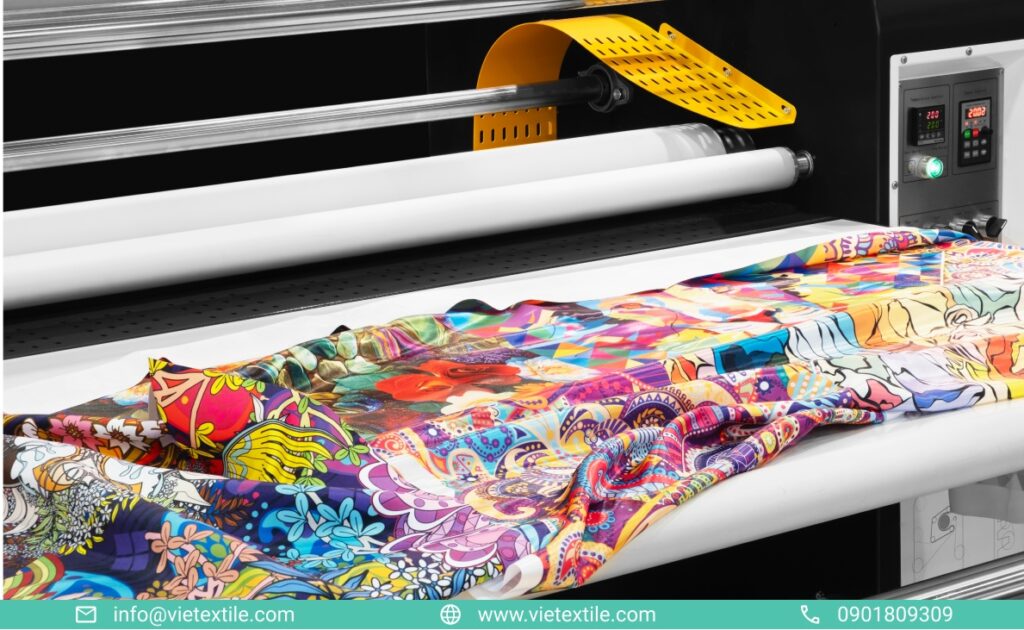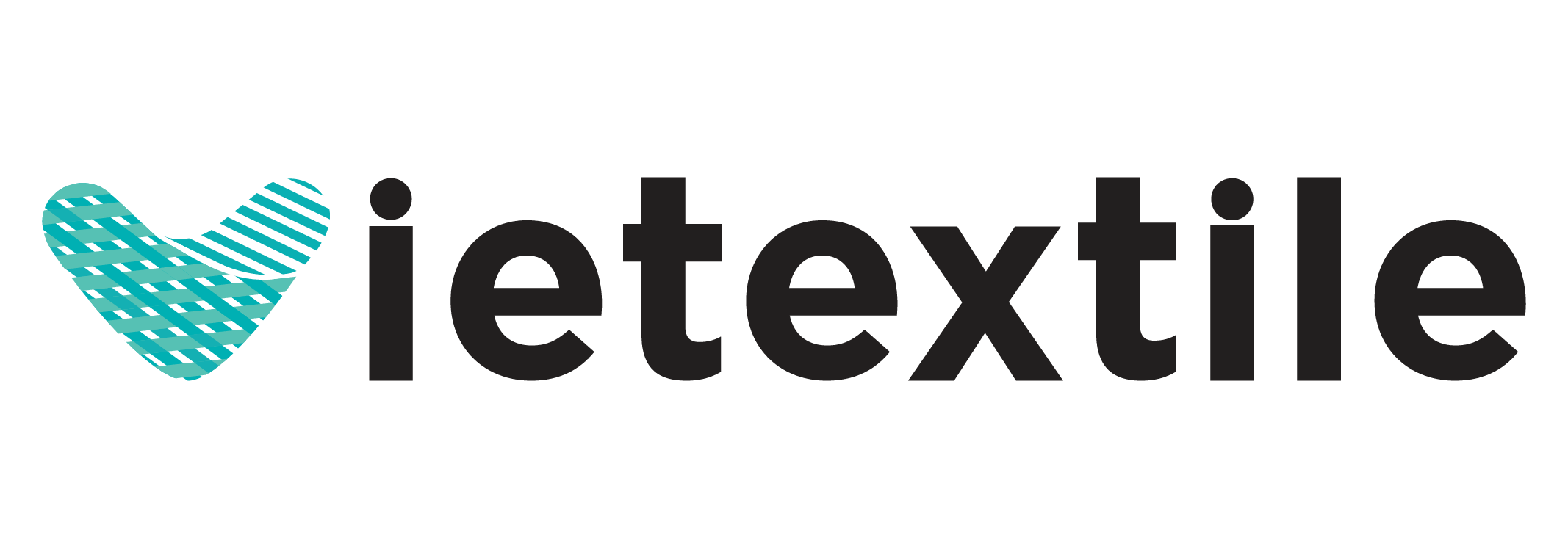A Direct-to-Fabric printer is the engine of a modern textile business, a sophisticated asset capable of producing stunning, high-quality work. However, when treated as a “set it and forget it” machine, it can quickly become a liability. The intricate print heads, sensitive ink systems, and precision mechanical parts require a disciplined, proactive approach to upkeep. Without a solid Direct-to-Fabric printer maintenance plan, you risk costly downtime, wasted materials, and reputational damage.
Effective Direct-to-Fabric printer maintenance involves daily print head cleaning, weekly wiper/capping station checks, periodic ink flushes, and regular print head alignment. This proactive routine prevents clogs, ensures color accuracy, and extends the machine’s lifespan, saving significant repair costs.
This guide provides a detailed, 9-step checklist for maintaining your printer to ensure it runs like new, year after year, and delivers a consistent return on your investment.
The High Cost of Neglect: Why Proactive Maintenance is Crucial
Nội dung tóm tắt
ToggleSkipping routine Direct-to-Fabric printer maintenance creates a predictable and expensive cascade of failures. A minor clog in a single nozzle, if ignored, leads to visible banding in prints. This forces operators to discard fabric and restart jobs. If the clog hardens, it can cause permanent nozzle drop-out, leading to a head strike, which can damage the machine’s mainboard. This turns a preventable issue into a catastrophic, multi-thousand-dollar repair. Without proper care, you will inevitably face dried ink in the lines, misaligned prints, color inconsistencies, and a higher rate of product rejection that directly impacts your bottom line.
The Tangible ROI of a Maintenance Program
The financial incentive for a robust Direct-to-Fabric printer maintenance program is clear. According to a 2024 analysis by Textile World, businesses that implement a standardized maintenance protocol see a 38% reduction in technical errors and a 40% saving on annual repair costs.
Consider the cost of a single print head, which can be $2,000 – $5,000 USD. With poor maintenance, its lifespan might be only 1-2 years. With excellent care, it can last 4-5 years. By implementing a proper Direct-to-Fabric printer maintenance schedule, you reduce the annualized cost of that single component by 50-75%. When you apply this logic across all wearable parts—pumps, dampers, wipers, and rollers—the savings become substantial.
Early Warning Signs: When Your Printer Needs Urgent Attention

Your machine will signal when it needs help. These are clear indicators that immediate Direct-to-Fabric printer maintenance is required:
- Color Issues: Colors appear faded, washed out, or visibly different from the design file.
- What it could mean: Clogged nozzles, incorrect ICC profile, or a failing ink pump.
- Print Artifacts: The print shows fine horizontal lines (banding) or vertical streaks.
- What it could mean: Nozzle drop-out, a dirty encoder strip, or print head misalignment.
- Mechanical Sounds: The print head carriage makes unusual grinding, scraping, or high-pitched noises.
- What it could mean: Debris on the guide rail, a failing drive motor, or a worn-out belt.
- Fabric Misfeeds: The fabric is skewing, wrinkling, or not feeding straight through the machine.
- What it could mean: Worn or dirty feed rollers, an uncalibrated take-up system, or a dirty conveyor belt.
- Inconsistent Heating: The drying or curing unit fails to maintain a stable temperature, leading to under-cured, washable prints.
- What it could mean: A failing heating element, a dirty temperature sensor, or clogged ventilation fans.
The 9 Essential Maintenance Steps for Your DTFb Printer

This checklist covers the critical tasks that form a complete professional Direct-to-Fabric printer maintenance routine.
Essential Tools and Materials for Maintenance
Before you begin, assemble a dedicated kit. Having the right tools is the first step in successful Direct-to-Fabric printer maintenance.
- Manufacturer-approved cleaning fluid.
- Specialized, lint-free foam or polyester swabs.
- Protective nitrile gloves.
- Protective eyewear.
- A magnifying loupe for inspecting nozzles.
- A set of non-metallic tweezers for removing debris.
- Soft, lint-free cloths.
1. Daily Print Head Cleaning
- Task: At the end of each day or 8-hour shift, gently wipe the surface of the print head using a swab lightly dampened with the approved cleaning fluid.
- Common Mistake to Avoid: Never use regular cotton swabs or Q-tips. Their fibers can break off and get lodged in the nozzle plate, creating a worse clog. Also, never use tap water or generic alcohol, as they can react with the ink and cause permanent damage. This is the most fundamental task in Direct-to-Fabric printer maintenance.
2. Weekly Wiper and Capping Station Cleaning
- Task: Once a week, thoroughly clean the rubber wiper blade and the rubber seal of the capping station. Remove any built-up ink gunk.
- Why: A clean capping station creates an airtight seal when the printer is idle, preventing the print heads from drying out. A dirty seal is a primary cause of stubborn morning clogs. A proper Direct-to-Fabric printer maintenance schedule never skips this step.
- Common Mistake to Avoid: Using sharp tools to scrape off dried ink. This can easily gouge or tear the rubber seal, rendering the capping station useless.
3. Periodic Ink Flushes During Inactivity
- Task: If the printer will be idle for more than three days, run a “Power Clean” or “Ink Flush” cycle from the machine’s utility menu.
- Why: This pushes fresh ink through the entire system, preventing heavier pigments from settling in the lines and forming hard-to-remove sludge. This simple step is a core part of long-term Direct-to-Fabric printer maintenance.
- Common Mistake to Avoid: Running too many power cleans in a row. These cycles consume a lot of ink. If a single power clean doesn’t clear a clog, move on to manual cleaning methods instead of wasting ink.
4. Print Head Alignment (Bi-Directional Calibration)
- Task: After every 1000m² of printing, perform a print head alignment using the printer’s built-in utility.
- Why: This ensures perfect registration between the left-to-right and right-to-left passes of the print head, preventing blurry or ghosted images.
- Common Mistake to Avoid: Relying only on the automatic alignment. For the highest quality, print the test pattern and use a magnifying loupe to perform a manual alignment, making micro-adjustments for perfect results. Advanced Direct-to-Fabric printer maintenance involves this level of precision.
5. Ink System Pressure and Line Inspection
- Task: Monthly, visually inspect all ink lines from the bags/bottles to the print heads. Look for any leaks, kinks, or air bubbles. Check the system’s pressure readings in the service menu.
- Why: Air in the lines is a major cause of ink starvation and color drop-out. A consistent negative pressure is vital for stable jetting.
- Common Mistake to Avoid: Ignoring small drips. A small leak not only wastes expensive ink but can also drip onto sensitive electronics, causing a major failure.
6. Heating and Dryer System Maintenance
- Task: Every two months, power down the machine and use compressed air or a vacuum to clean the fans, vents, and air filters of the drying unit.
- Why: Lint and dust buildup restricts airflow, which can lead to improper ink curing and is a significant fire hazard.
- Common Mistake to Avoid: Spraying compressed air directly onto temperature sensors or heating elements, as this can damage them. Use a soft brush for these delicate areas.
7. Conveyor Belt and Roller System Cleaning
- Task: Weekly, wipe down the conveyor belt (especially “sticky belt” systems) and all fabric guide rollers with a damp cloth.
- Why: Dust, lint, and ink overspray on the belt can transfer to the back of your fabric or cause the material to lift during printing, leading to a catastrophic head strike. This is a simple but vital Direct-to-Fabric printer maintenance task.
- Common Mistake to Avoid: Using harsh solvents on a sticky belt, as this can destroy its adhesive properties. Use only the manufacturer-recommended cleaning agent.
8. Firmware and RIP Software Updates
- Task: Every six months, check for the latest firmware from your printer manufacturer and software updates from your RIP provider (e.g., Ergosoft, NeoStampa).
- Why: Updates often contain improved color profiles, bug fixes, and more efficient processing algorithms that can directly improve print quality and speed. Consistent software upkeep is a key part of modern Direct-to-Fabric printer maintenance.
- Common Mistake to Avoid: Updating in the middle of a critical print run. Schedule updates for planned downtime and always back up your current settings first.
9. Standardized Operator Training
- Task: Ensure all operators are trained on the complete maintenance checklist. Host a formal refresher training session twice a year.
- Why: A well-trained operator is your first line of defense. They can spot problems early, perform tasks correctly, and avoid causing damage through improper procedures. The human element is the most important part of any Direct-to-Fabric printer maintenance strategy.
- Common Mistake to Avoid: Assuming one operator will teach the next. This leads to bad habits being passed down. Standardize the process with documented checklists.
Sample Maintenance Schedule Template
| Frequency | Task |
|---|---|
| Daily | Print Nozzle Check, Run Automatic Cleaning Cycle, Wipe Down Print Head Surface. |
| Weekly | Deep Clean Capping Station & Wiper Blade, Clean Conveyor Belt & Rollers. |
| Monthly | Inspect All Ink Lines, Check System Pressure, Lubricate Guide Rails, Perform Manual Head Alignment. |
| Bi-Monthly | Clean Dryer/Heater Vents & Fans, Check/Clean Encoder Strip. |
| Semi-Annually | Check for and Install Firmware/RIP Software Updates. |
Conclusion
Proactive Direct-to-Fabric printer maintenance is not a cost center; it is a profit center. It protects your most valuable production asset, minimizes waste, ensures consistent quality, and lowers your total cost of ownership. By implementing these 9 steps, you transform maintenance from a chore into a strategic advantage that enhances your brand’s reputation and secures your bottom line.
Your Partner in Printer Uptime and Performance
VieTextile is a leading provider of modern Direct-to-Fabric printers, featuring top-tier print heads from Kyocera, Epson, and Fuji. We are committed to being a long-term partner, providing expert installation, operator training, and comprehensive Direct-to-Fabric printer maintenance support to maximize your machine’s performance and longevity.
If you need professional technical support or are looking for a reliable, high-performance printing solution, contact VieTextile today for a detailed consultation.
FAQ
1. What kind of cleaning solution should I use for my fabric printer? You should only use the specific cleaning fluid recommended by the printer’s manufacturer for your ink type. Never use rubbing alcohol, medical alcohol, or tap water, as they can cause irreversible damage to the print head nozzles.
2. How often should I replace parts like the ink pump or solenoid valves? Depending on the machine’s usage intensity, these components typically have a lifespan of 12-18 months and should be replaced as part of your scheduled professional servicing.
3. When is it time to replace a print head? A print head needs replacement when the nozzle check pattern shows more than 20% of the jets are missing or deflected, and multiple cleaning cycles and professional calibrations cannot restore them.
4. Why are software and firmware updates considered part of maintenance? Software updates from RIP providers like Ergosoft or NeoStampa are crucial because they often include improved color profiles, more efficient processing algorithms, and critical bug fixes that can directly improve print quality and speed.
5. What should I do if my printer is inactive for several days? If the machine is going to be idle for more than three days, you should run a “Power Clean” or “Ink Flush” cycle. This prevents ink from settling and forming hard deposits inside the delicate ink lines.










